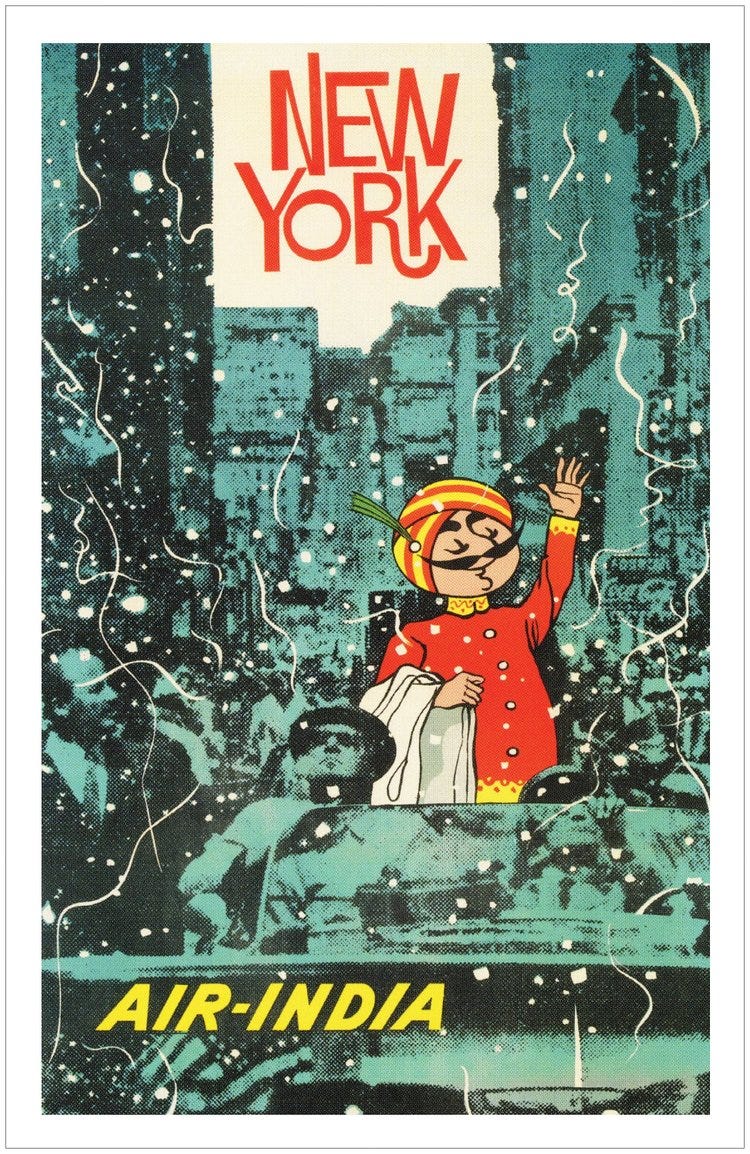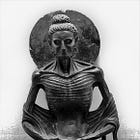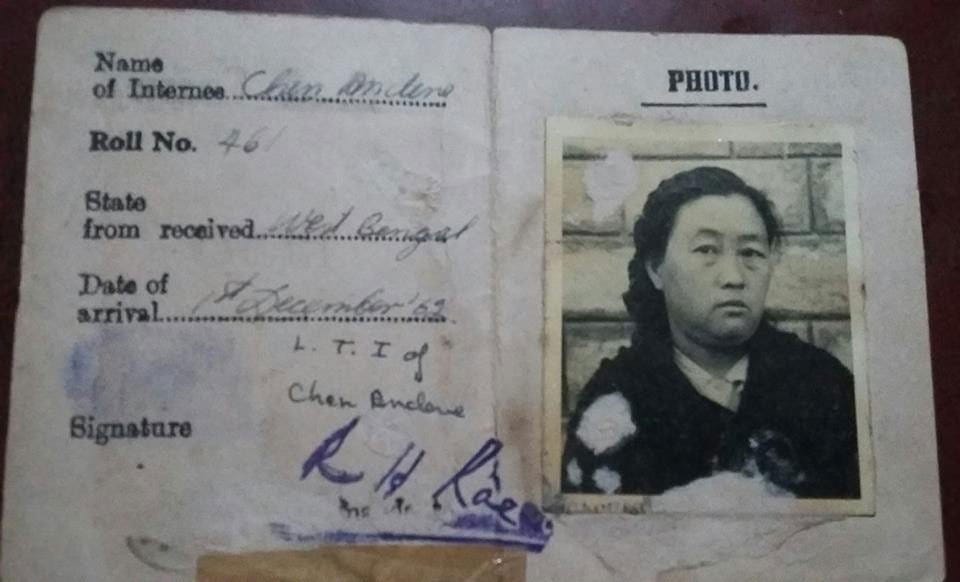Welcome to the Brown History Newsletter. If you’re enjoying this labor of love, please do consider becoming a paid subscriber. Your contribution would help pay the writers and illustrators and support this weekly publication. If you like to submit a writing piece, please send me a pitch by email at brownhistory1947@gmail.com.
Don’t forget to check out our SHOP and our Podcast.

Recommended Reads:
When India put Chinese-Indians in a Prison Camp
The Chinese presence in India had its humble beginnings in Achipur and Calcutta. The 1871 Census recorded 574 Chinese in Calcutta and 531 in Bombay. By 1901, the Chinese population in Calcutta had risen to 1,640. The end of World War II saw the British colonial government estimate the Chinese population in India at around 26,250. These figures reflect a community that had slowly but steadily integrated into Indian society over the decades.
However, by the 1950s and early 1960s, many thousands of Chinese-Indians lacked valid citizenship papers. Although many were born in India, they had never needed such documents, just like many of their Indian neighbors. With rising anti-China sentiments, they scrambled to acquire proof of Indian citizenship. Unfortunately, not everyone succeeded before the outbreak of war in 1962.







